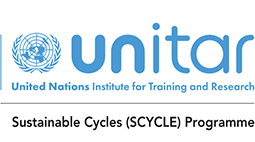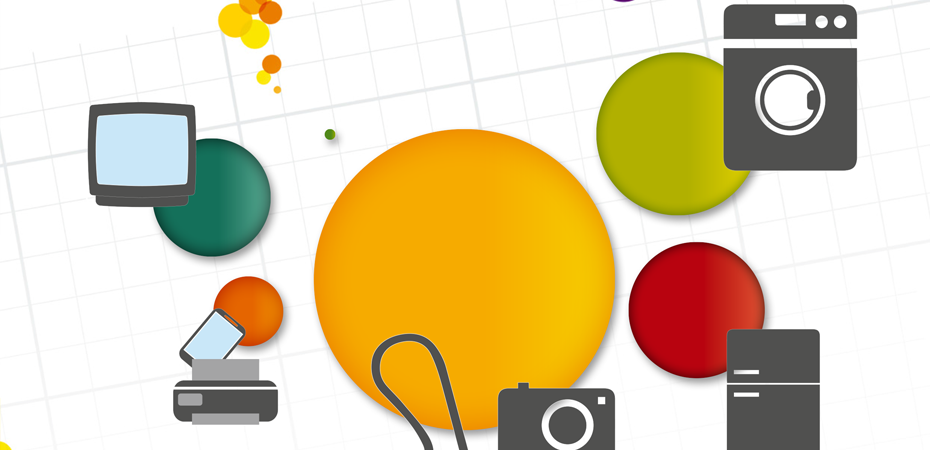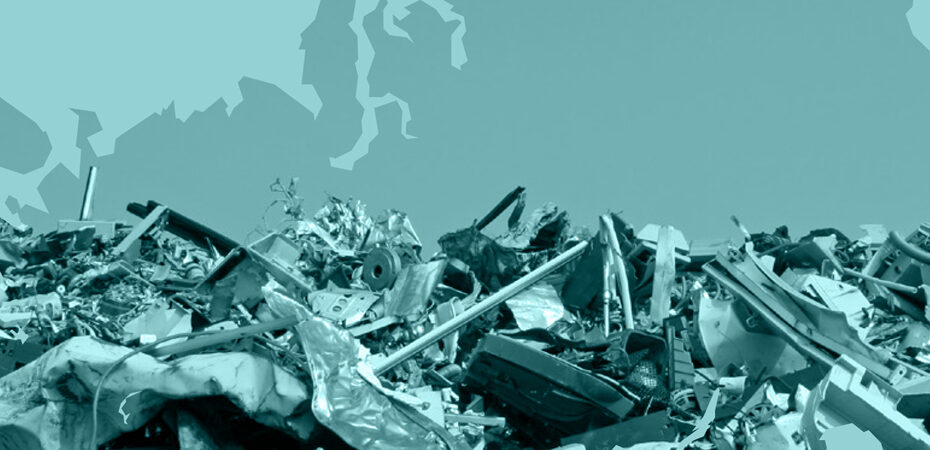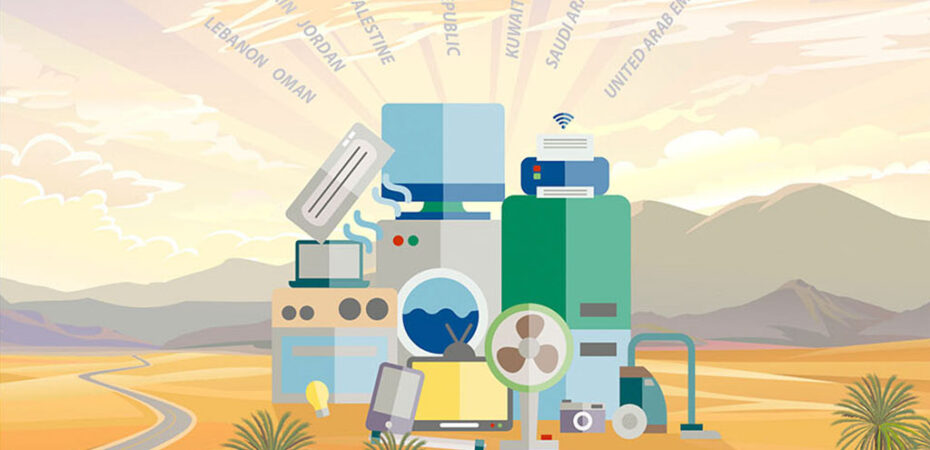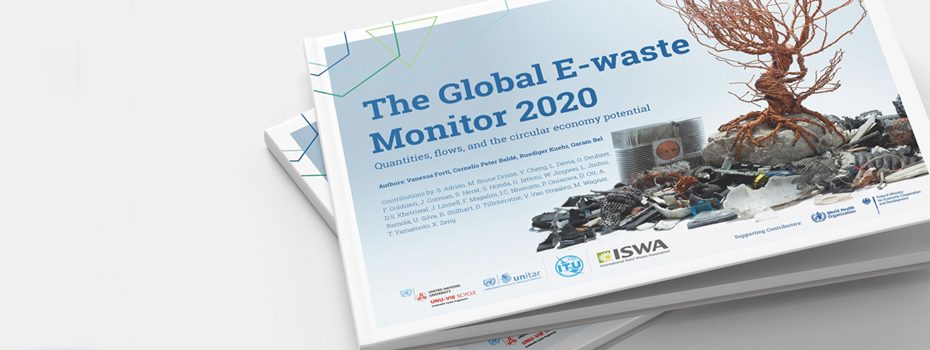E-waste Statistics Guidelines
6 years ago Ruediger Kuehr Comments Off on E-waste Statistics Guidelines
According to the Global E-waste Statistics Partnership, the whereabouts of most of the global e-waste is currently unknown and is likely to be inferiorly managed. Therefore, measuring e-waste is an important step towards addressing the e-waste challenge.
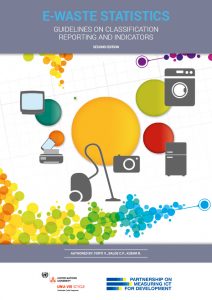 This second edition of “E-waste Statistics: Guidelines for Classification, Reporting and Indicators” has undergone a public consultation and is published by the United Nations University (UNU). It has been published under the Partnership Measuring ICT for Development and is therefore also endorsed by ITU, ESCAP, ESCWA, OECD, UNCTAD, UNECA, Eurostat and UNEP/SBC.
This second edition of “E-waste Statistics: Guidelines for Classification, Reporting and Indicators” has undergone a public consultation and is published by the United Nations University (UNU). It has been published under the Partnership Measuring ICT for Development and is therefore also endorsed by ITU, ESCAP, ESCWA, OECD, UNCTAD, UNECA, Eurostat and UNEP/SBC.
These guidelines provide a universally relevant e-waste measurement framework and a classification of e-waste. The guidelines facilitate the implementation of harmonised concepts to measure the size of a country’s e-waste market, its transboundary e-waste movement and the e-waste recycling performance within that country. The guidelines also give tools, practical guidelines, mathematical methodologies, and will help countries understand how to gather data sources in order to compile internationally comparable e-waste statistics.
Giving examples and country guidance is particularly necessary as to date only 41 countries report compiling statistics on e-waste. Statistics help to evaluate developments over time, set and assess targets, and identify best practices in policies. In this way, better e-waste data will eventually contribute to the achievement of the Sustainable Development Goals (SDG), in particular SDG 12, to “ensure sustainable consumption and production patterns,” as well as other SDGs. It will also help track the global target to reduce the amount of e-waste set by the ITU’s Membership as part of the Connect 2020 agenda.
Read the guidelines.
Download pdf